Zebras and wildebeests in the Serengeti National Park, Tanzania
© Raffi Maghdessian/Cavan Image
Across the great plains of Africa
This time of year, from late January to early March, babies arrive on the Serengeti. At the height of the wildebeest calving season, thousands of calves are born every day. Moments after birth, these youngsters can walk, and in just a few days, they'll be able to run fast enough to keep up with the herd. That's a good thing. Calving season isn't just a draw for safari tourists wanting a front row seat at the start of the circle of life, but also for predators like lions, cheetahs, and hyenas on the hunt for easy prey.
As spring edges closer to summer, the grasslands in the Serengeti National Park will begin to dry out. Following in the hoofprints of some 750,000 zebras, about 1.5 million wildebeests, young and old, will start their annual trek north in what's considered the largest land mammal migration on Earth. Safe travels!
Related Images
Bing Today Images
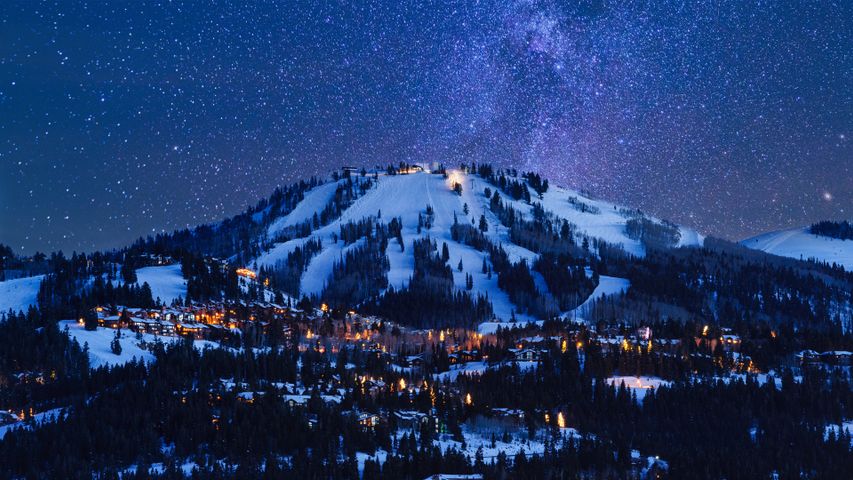


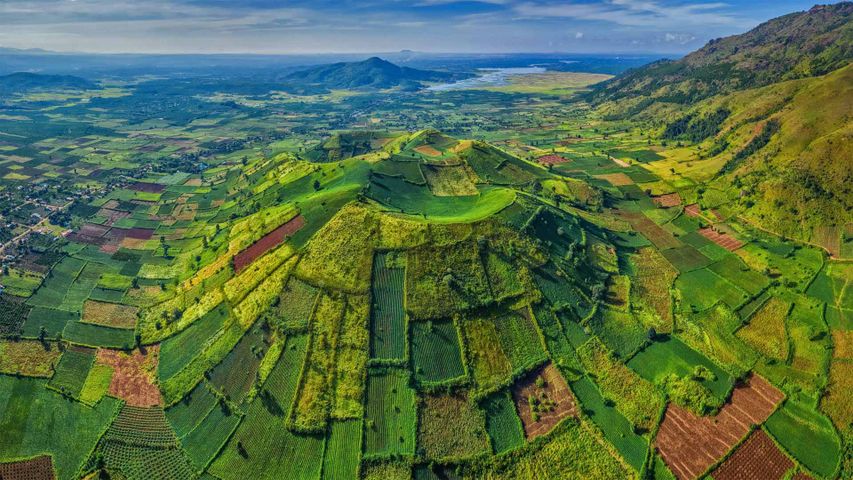

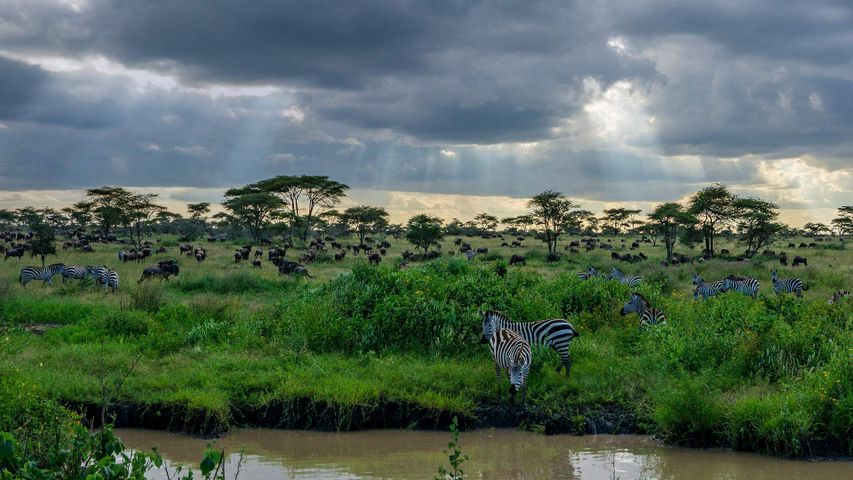
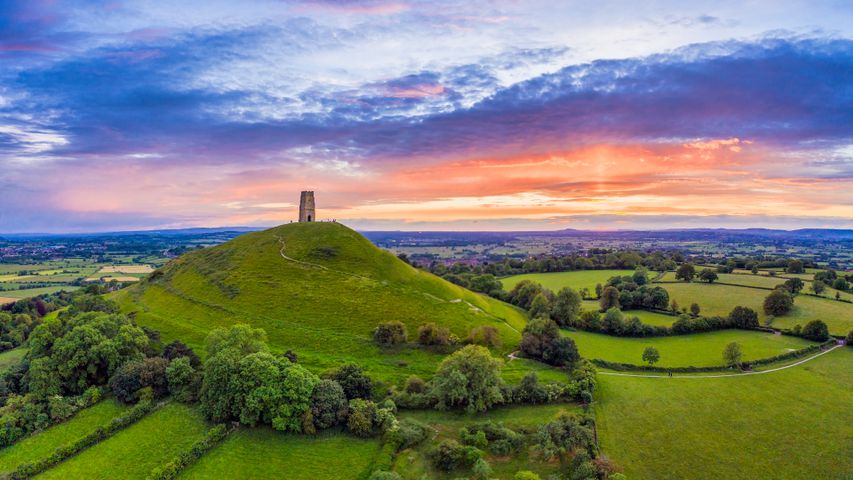 St. Michael's Church Tower on Glastonbury Tor, Glastonbury, Somerset, England
St. Michael's Church Tower on Glastonbury Tor, Glastonbury, Somerset, England
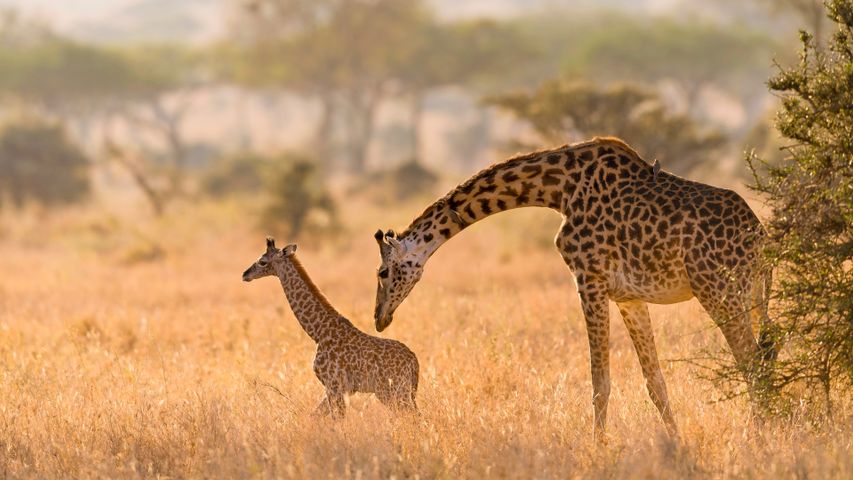 Masai giraffe mother grooming her calf in the Serengeti, Tanzania
Masai giraffe mother grooming her calf in the Serengeti, Tanzania
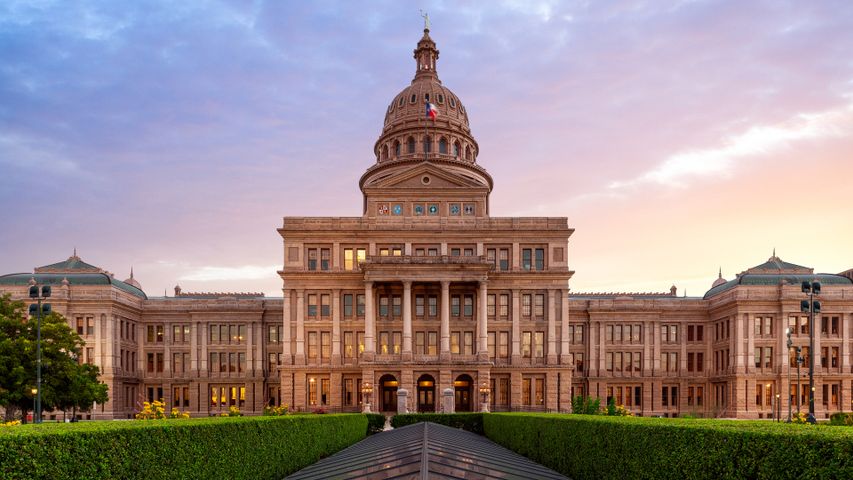 Texas State Capitol in Austin
Texas State Capitol in Austin
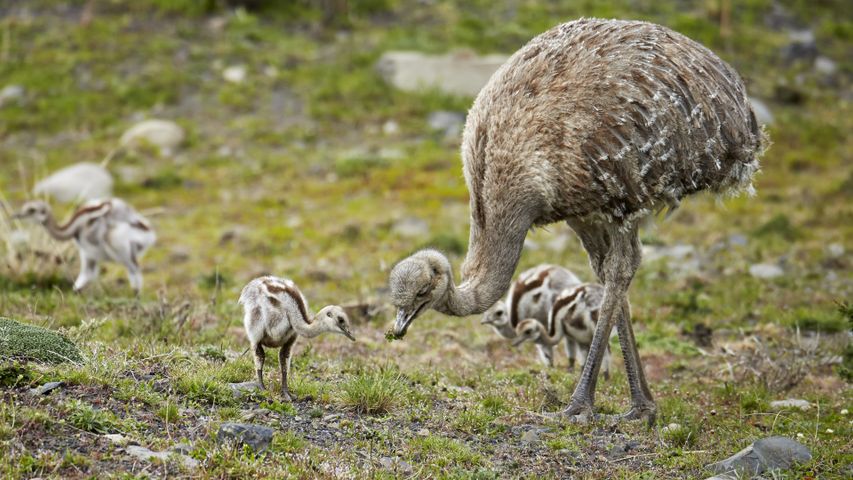 Lesser rhea adult male with chicks, Torres del Paine National Park, Patagonia, Chile
Lesser rhea adult male with chicks, Torres del Paine National Park, Patagonia, Chile
 Aerial view of Everglades National Park, Florida
Aerial view of Everglades National Park, Florida
 Butchart Gardens in Brentwood Bay, British Columbia, Canada
Butchart Gardens in Brentwood Bay, British Columbia, Canada
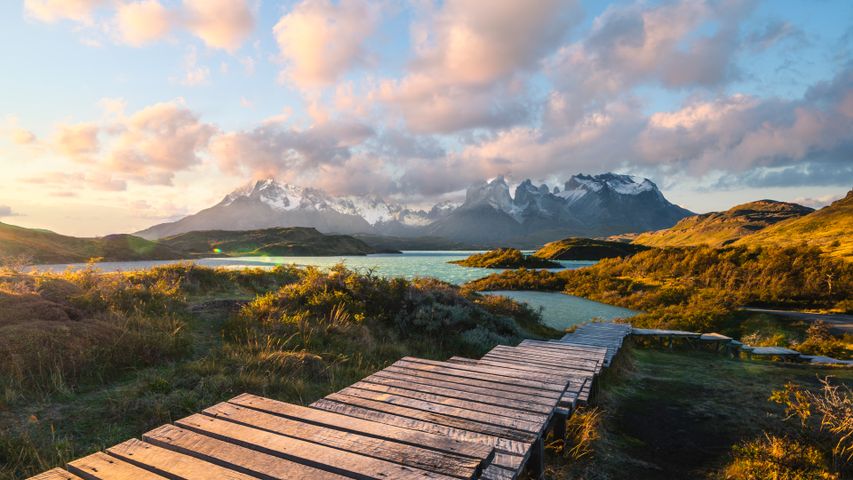 Torres del Paine National Park, Patagonia, Chile
Torres del Paine National Park, Patagonia, Chile
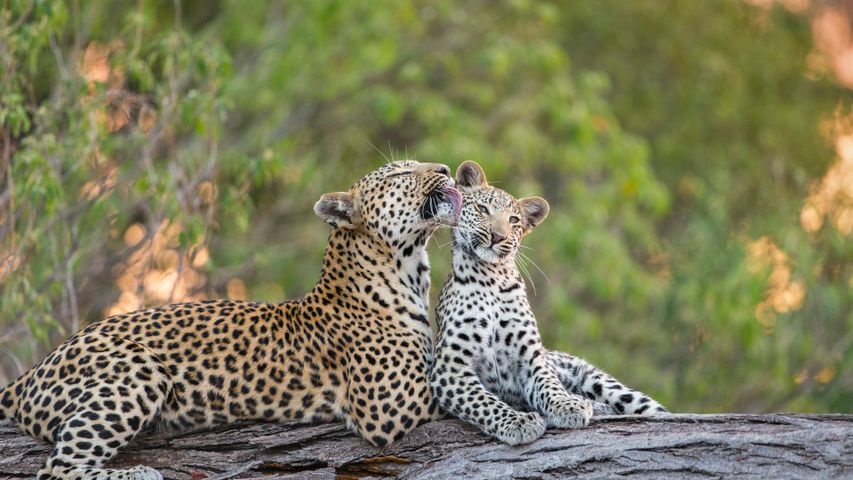 Leopard mother grooming her cub, Jao Reserve, Botswana
Leopard mother grooming her cub, Jao Reserve, Botswana
